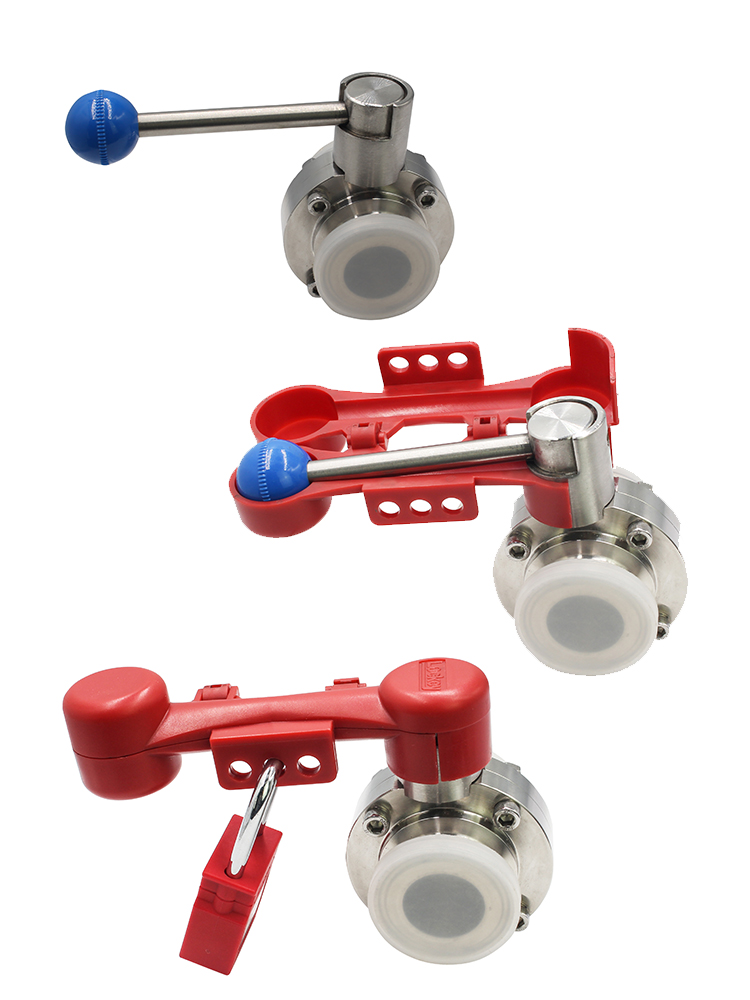What Does Lockout Tagout (LOTO) Mean?
Lockout/tagout (LOTO) is a set of procedures that are used to ensure that equipment is shut down, inoperable, and (where relevant) de-energized. This allows maintenance and repair work on the system to be performed safely.
Any workplace scenario involving equipment that could lead to the inadvertent release of hazardous energy requires the use of lockout/tagout procedures. In this context, “hazardous energy” includes not only electricity but other forms of energy such as pneumatic pressure, hydraulic pressure, and gas. The purpose of LOTO procedures is both to prevent direct exposure to this energy, as well as to prevent harm caused by any machinery or objects that could be moved by that energy (e.g., a pneumatic press accidentally being activated).
Safeopedia Explains Lockout Tagout (LOTO)
LOTO procedures must be put in place at the workplace level – that is, all employees must be trained to use the exact same set of LOTO procedures. These procedures usually include the use of both locks and tags; however, if it is not possible to apply a lock to a system, then tags may be used exclusively.
The purpose of locks is to completely prevent workers from activating the equipment, and potentially from accessing certain portions of the equipment. Tags, on the other hand, are used as a form of hazard communication by warning against activating or otherwise using a given piece of equipment.
The Importance of Lockout/Tagout Procedures
The use of lockout/tagout procedures is considered a critical aspect of workplace safety in any occupational setting in which workers come into direct contact with machinery or workplace equipment. Accidents which can be prevented by LOTO procedures include:
Electrical accidents
Crushing
Lacerations
Fires and explosions
Chemical exposure

Post time: Aug-13-2022






